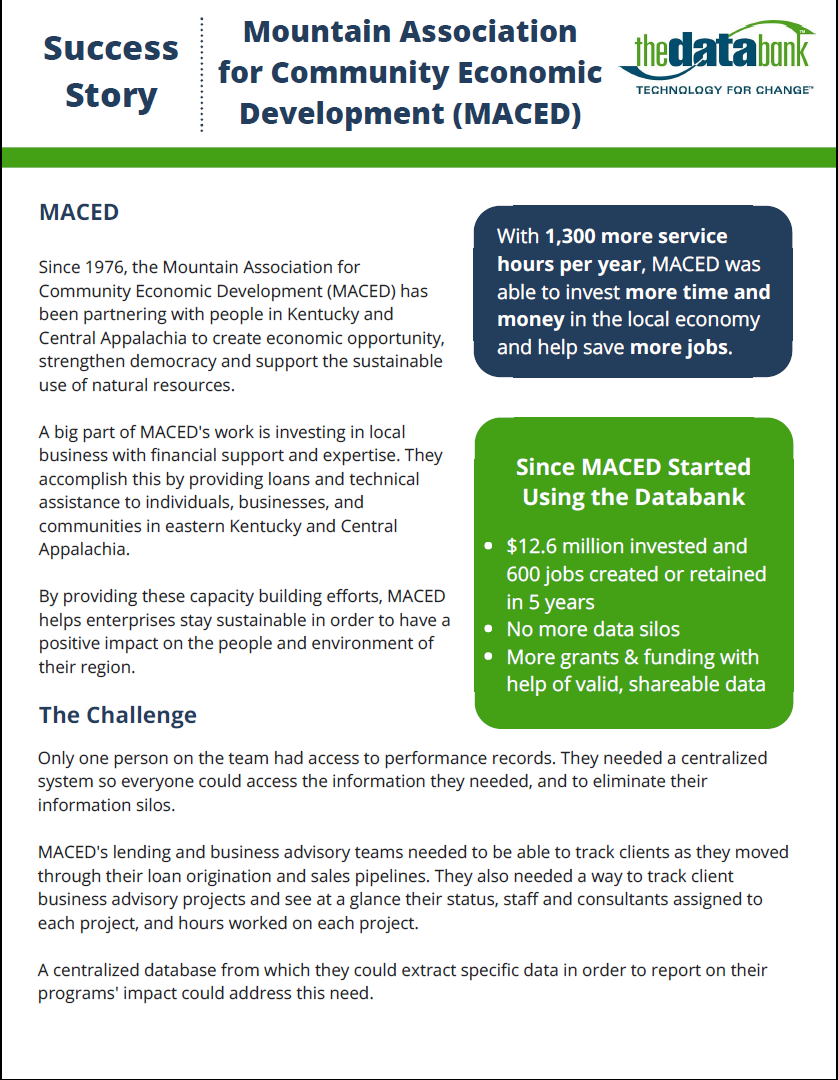Do you ever want to break up with your database? Sit it down and give it the “It’s not you, it’s me,” speech? Ever thought that it might actually be you? I’ve been working in the nonprofit technology world since 2004 and I’ve met many organizations who want to break up with their databases. Sometimes it’s the database’s fault, but sometimes the organization is doing things that makes the database suck. In this series I’ve talked about what could happen if you don’t have any standards or if you keep secret stashes. In this third installment I’m going to talk about…
Part 3: @$%^$% (Indecipherable Codes)
Does this sound like your organization?
- “If you’re looking for last year’s Gala attendees search for ‘AnnGal11’ in the notes field. I marked the table sponsors with ‘TabSpons’.”
We are nonprofit professionals – we know how to get a lot done with a little, and sometimes, when we find that our database can’t do what we want it to do, we improvise. We figure out ways to use codes to track the information that we need to track in the database. Then after a few years, and maybe a couple of staff changes, we find a group of 200 records that are marked with “TP11 5Q $300 – $700 DNM” and nobody in the office seems to know what that means.
How to solve this problem
Like the secret stashes problem, this may have multiple causes and depending on the cause, it may have a different solutions.
1. Users don’t know where things go – There are really two parts to this answer:
a. Sometimes, the database has the capacity, we just don’t know what the capacity is. This is particularly true if training on your database has not been a priority. Or sometimes, the person who was in charge of the database has moved on, and no one else was trained on the system to replace them. In either of these cases, the solution is to find training. Contact your technical staff and/or your database provider and see if they offer trainings or materials. Then, make sure that database training is an un-skippable part of bringing someone on staff. While you are at it, maybe schedule a couple of refreshers for your other staff too.
b. Another problem is that users don’t know how to mark records. In the example above, maybe one user named last year’s Gala ‘AnnGal11’, but the year before another user had used ‘Gala10’. By making sure that you have good, and well-documented data standards, then your users will feel less of a need to make things up on the fly.
2. Your needs have changed – If the problem is that there is no place to store what you’re tracking, then your first step should be to talk to your database provider. They know the capacity that is available in their product and they know how much it can be expanded or customized to fit your needs. If you’ve chosen a trustworthy provider, they’ll also know (and share) when your current needs are beyond the scope of what they are willing to provide. Ultimately, you’re not looking for a way to change your work to fit the tool, but to adjust the tool, or get a new tool, that fits the way you work.
Talk Back: What’s the most obscure code you’ve found in your data? Share them below. Are there any other things that make your database suck? What would you like to know how to fix?






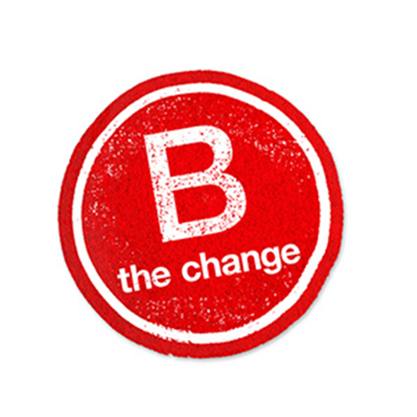


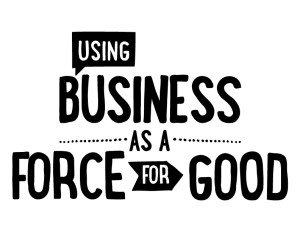

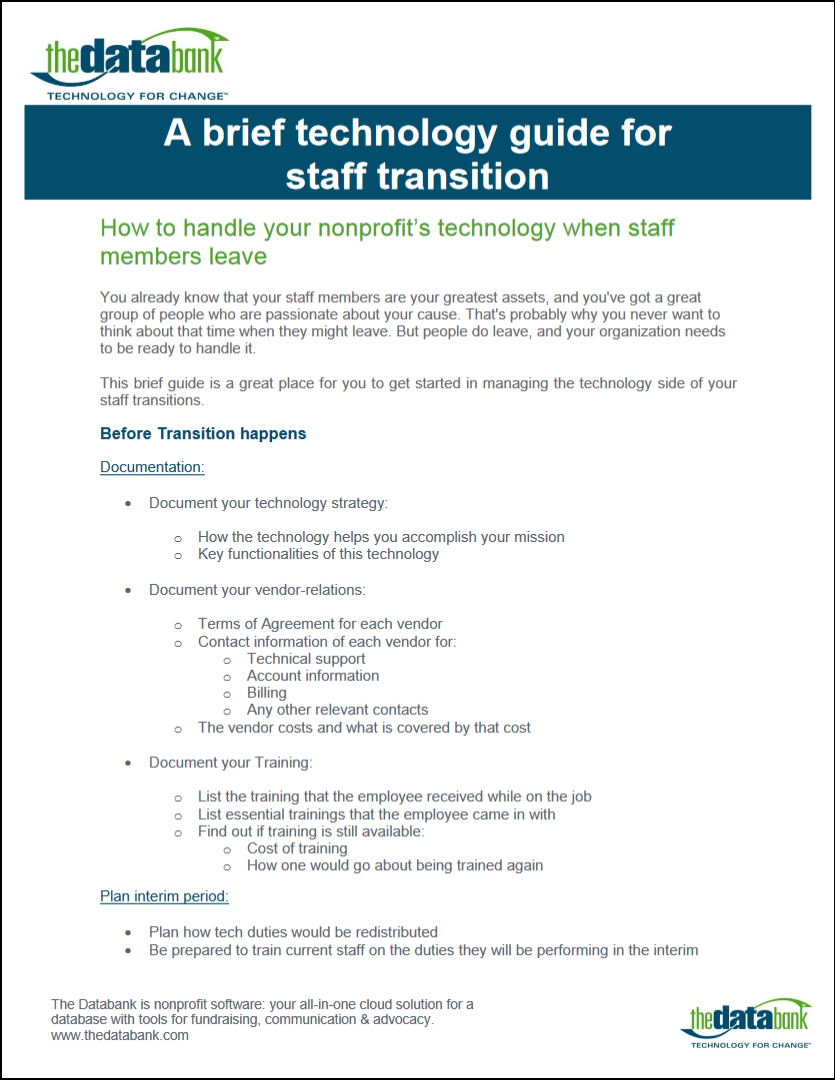

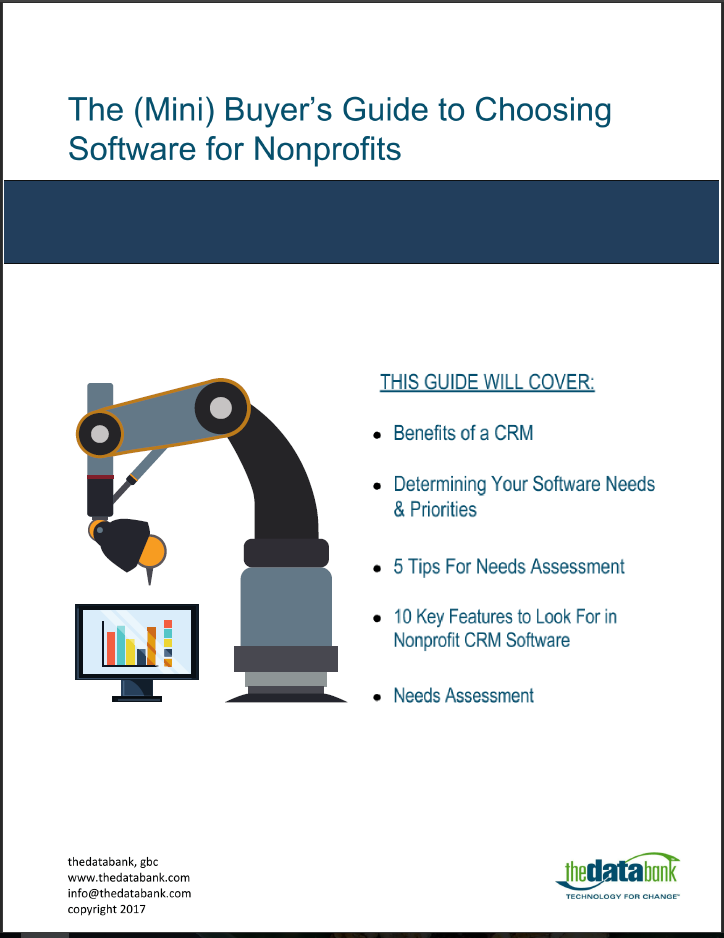
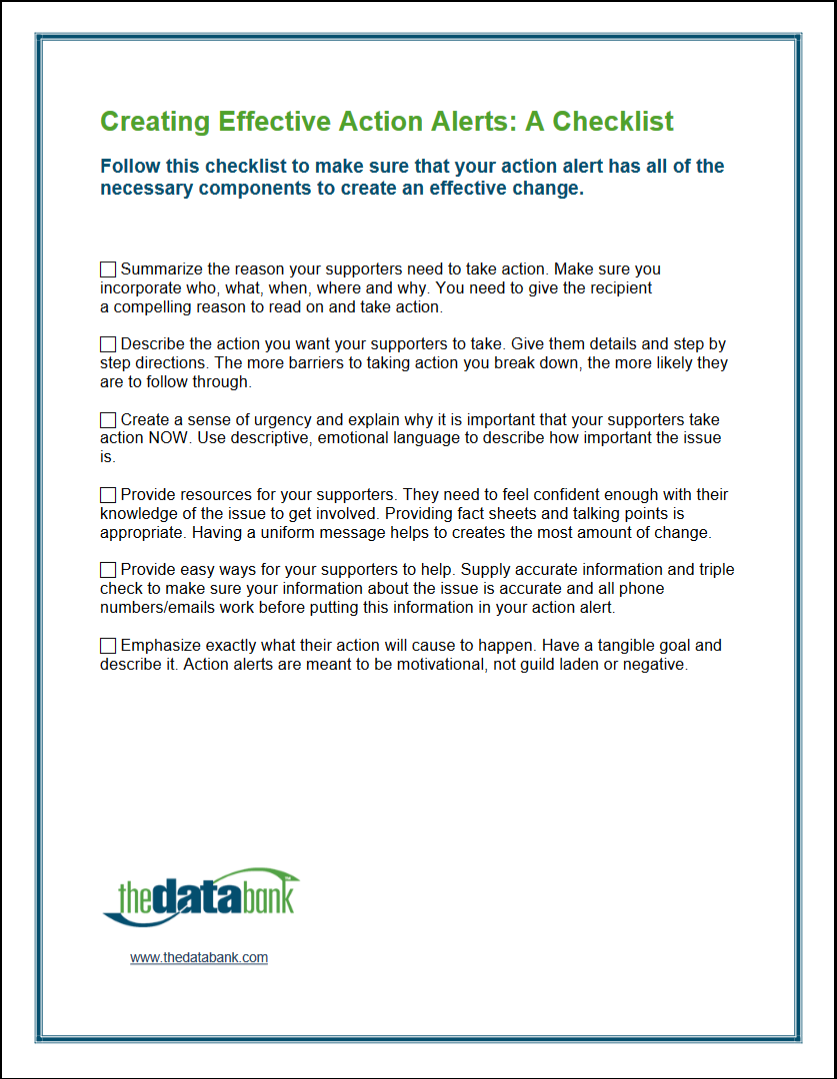

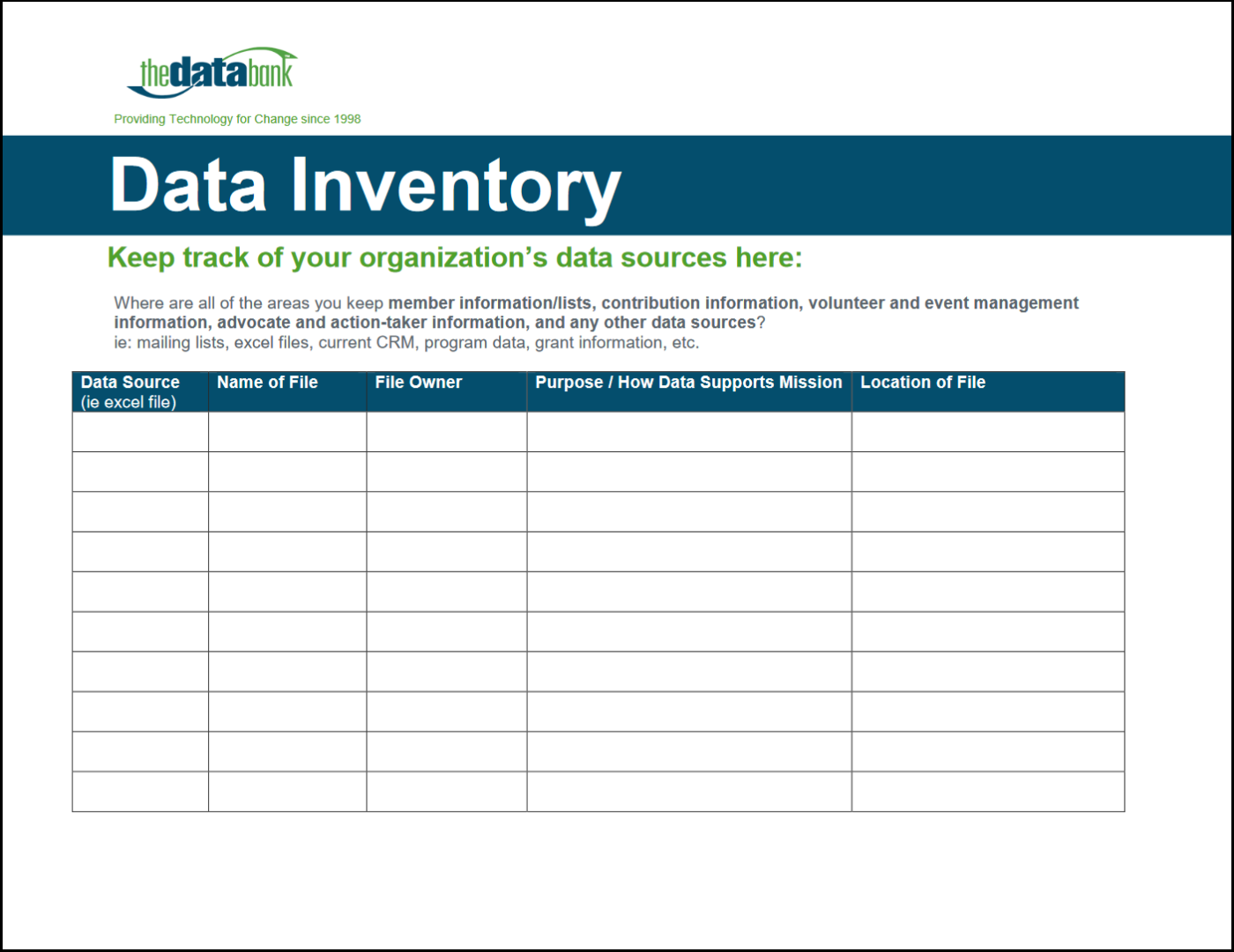




 thedatabank, gbc is technology for change, and we walk the talk.
thedatabank, gbc is technology for change, and we walk the talk. 